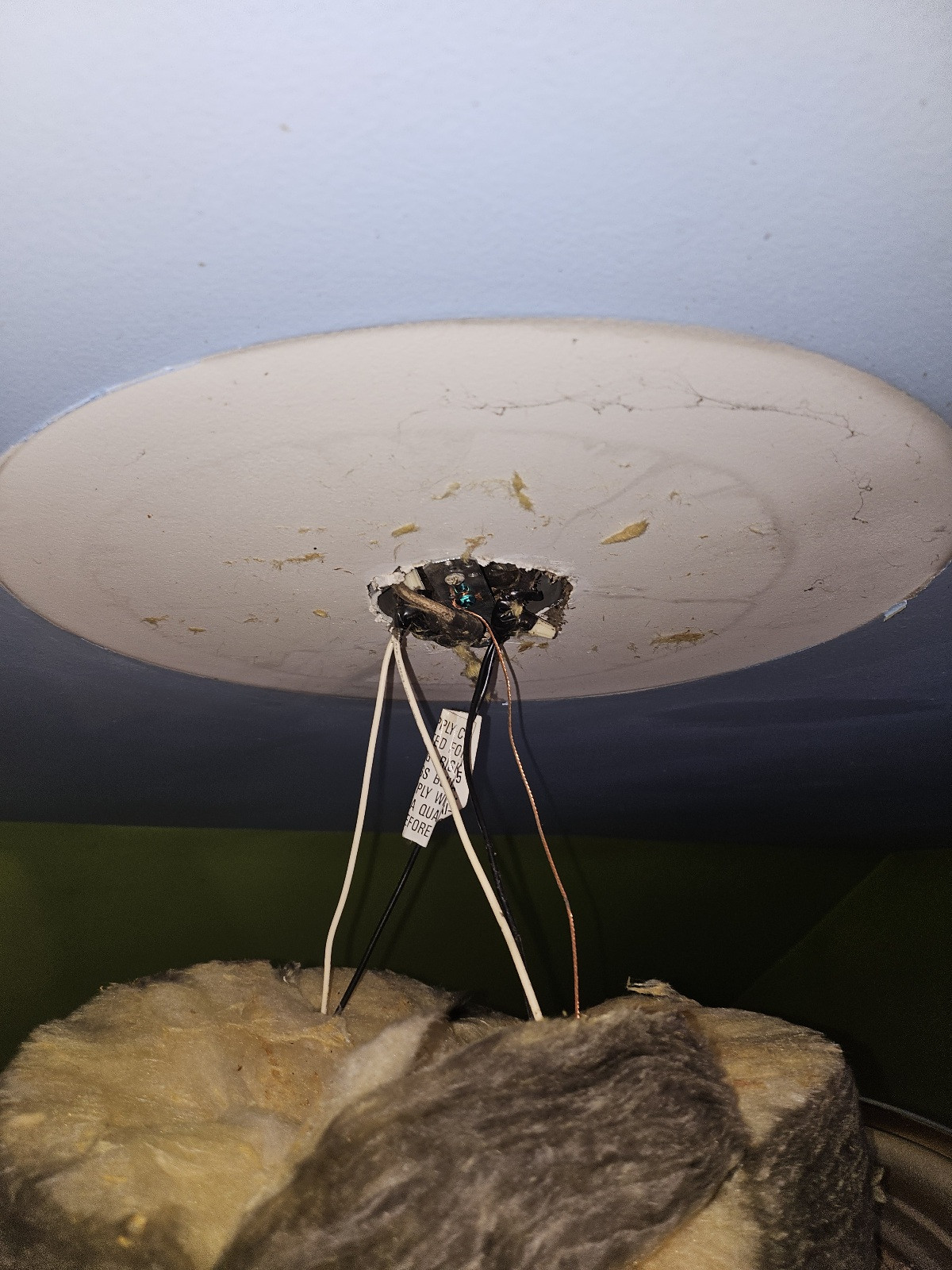What you are likely seeing is "phantom voltage" except when the circuit is turned on. That is quite common and doesn't necessarily mean much. The key is "120v (0v at switch) when switched on" which is to be expected.
What you should also see if you test carefully is that when the switch is on you should have 120V between each wire/screw and ground. If not, stop and ask more questions. Actually one of the notes in the question seems to indicate 0V between black (or white) and ground when the switch is on - if that is true, it is a big problem. (More below on this.)
You basically have a switch loop. That is one of the several situations where white is used as a hot wire rather than neutral. Power comes in at the light fixture box, hot gets sent down to the switch on one wire and comes back up on the other wire which connects to the light. The light also connects to neutral (which will be white).
Any standard switch should work fine. Any switch that needs neutral will not work. A switch that uses ground instead of neutral, which is legitimate if designed properly, should work as well, provided your ground is good.
And now for some additional possible problems:
Armored cable with plastic box
As I understand it, the armored cable should not enter the box. With a metal box you would normally have a clamp holding the end of the armored cable into the side or back of the box. With a plastic box...ugh. Plastic boxes, in my (limited) experience work reasonably well with non-metallic cable (a.k.a., Romex) and not so well with armored cable.
If the cable is in some sort of real clamp, great. If instead somebody drilled/punched a hole in the box and jammed the cable through, not a good thing.
My recommendation is to:
- Turn off power and disconnect the switch
- Remove the plastic box by any convenient means (reciprocating saw, chop off parts with pliers, whatever)
- If the old box was mounted on a stud, mounting a new metal box is super easy
- If the old box was not mounted on a stud then you may need to do some work to figure out how to securely mount a metal box
- Cut off a couple of inches of the armor so that you have more usable wire inside the box
- Attach the armored cable to a metal box with an appropriate clamp
- Mount the box in the wall
- Attach the switch to the wires
Possible Hot/Neutral Reverse
The voltage readings bother me more than a little. When the switch is on, there should be 0V between the switch screws (which you got) but there should be 120V between each switch screw and ground. Reading 0V is an indication of either a really bad (essentially disconnected) ground or hot/neutral reverse. Hot/neutral reverse can take place anywhere in a circuit, though the likely culprit here would be in the light fixture box at the other end of the switch loop. Hot/neutral reverses can cause all sorts of problems and are a code violation. (But they happen - I have found (and fixed) a few in my old house.)


